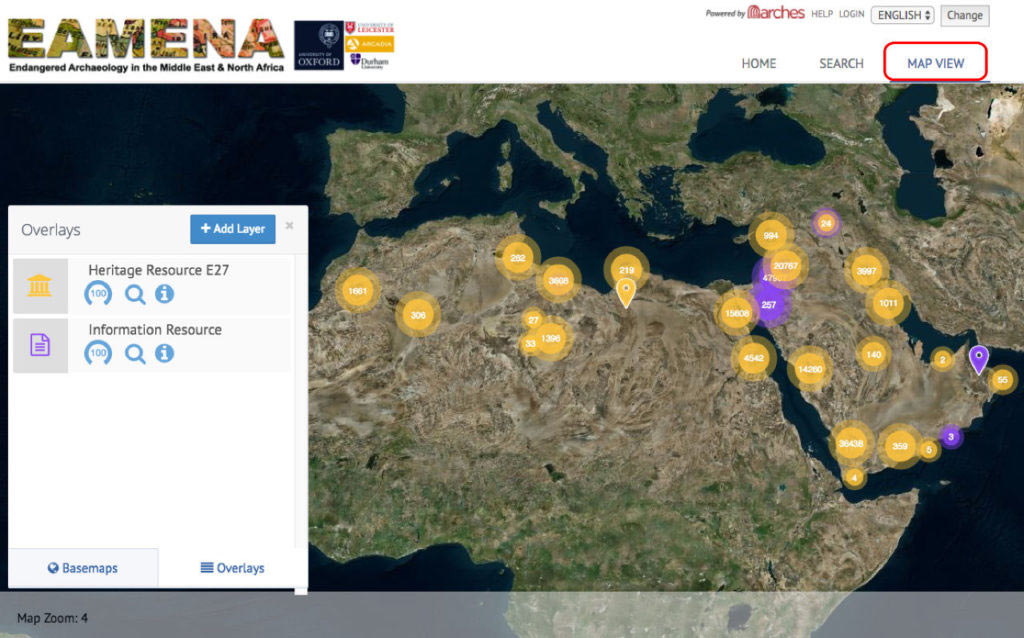A recent online database catalogues 20,000 threatened archaeological sites: The Endangered Archaeology in the Middle East and North Africa (EAMENA) Database.
Researchers at the Universities of Oxford, Leicester and Durham created the database in 2015 with support from the Arcadia Fund, a non-profit that seeks to preserve endangered heritage sites. The EAMENA team wanted to build a uniform catalogue of historic locations that are facing a growing onslaught of threats, according to a University of Oxford press statement. The resource was only recently made available to the public.
… Read the rest “The Endangered Archaeology in the Middle East and North Africa (EAMENA) Database”Not all damage and threats to the archaeology can be prevented,

